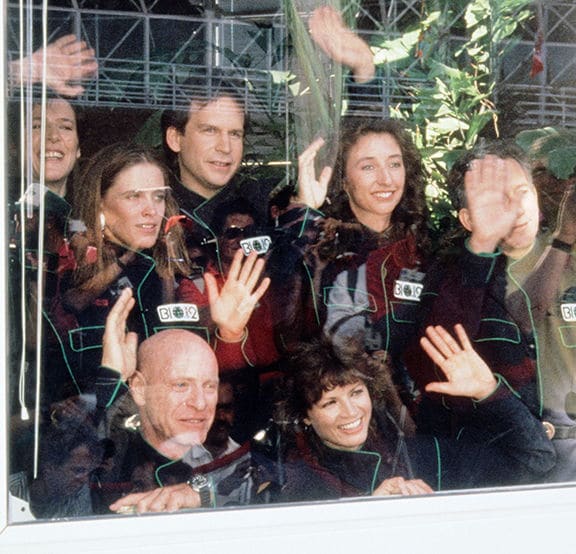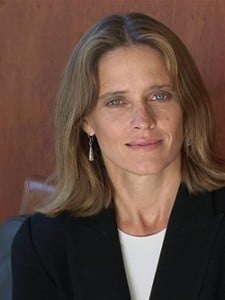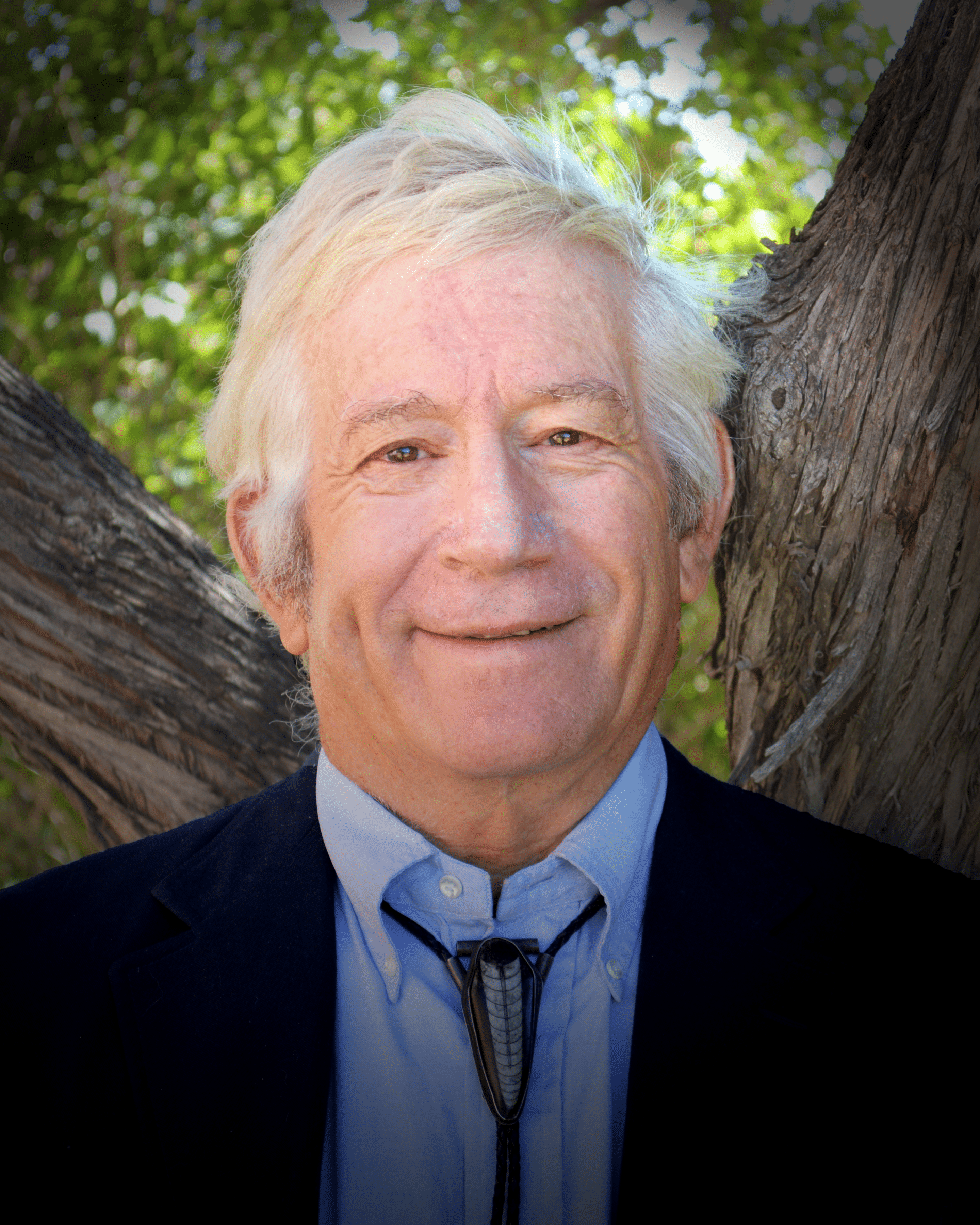LIFE UNDER GLASS
Crucial Lessons in Planetary Stewardship Learned from Two Years in Biosphere 2
by Abigail Alling, Dr. Mark Nelson and Sally Silverstone
Foreword to Second Edition by Dr. Sylvia Earle
Second Edition
April 2020
6 x 9 inches, 272 pages
Includes 16 page color section
Planet in a bottle.
Eden revisited.
Laboratory under glass.
The only account written while the team was enclosed inside, Life Under Glass tells the story of the original team that lived and worked inside the Biosphere 2 structure for two years, where they recycled their air, water, food, and wastes, setting a world record for time spent in a closed ecological system.

The largest self-sustaining closed ecological system ever made. Biosphere 2 is many things to many people.
From its half-acre farm to its coral reef to its emerald rainforest—this unique research facility has proven itself a marvel of human engineering and a testament to the human imagination.
For two years, four men and four women lived and worked inside the structure, recycling their air, water, food, and wastes, and setting a world record for living in an isolated environment.
But what has this giant glass-and-steel greenhouse been to those most intimately involved with it? What has it meant to the first crew who studied and cared for it? What was it really like to be sealed inside a giant laboratory for twenty-four months? In Life Under Glass, crew members, Abigail Alling and Mark Nelson with co-captain Sally Silverstone present the full account of those two remarkable years. From the struggles of growing their own food, to learning how to help sustain their life-giving atmosphere, the general reader is offered a rare glimpse into how a group of dedicated researchers managed to surprise the world and fulfill their dream. In this updated edition, a new chapter reflects on the legacy of Biosphere 2 and the state of related scientific progress. Other crews will come and go, but no one else will face the risks, the uncertainties, and the challenges that this new breed of explorers did on Biosphere 2’s maiden voyage. Here is the fascinating story of how it all appeared—living under glass.
Author Bios

Abigail Kingsley Alling co-founded the non-profit organization, Biosphere Foundation (BF), in 1991 while living inside Biosphere 2 and continues today as its President and Chief Executive Officer.
Biosphere Foundation’s primary goal is to inspire intelligent stewardship of our biosphere. At present, BF’s projects are based onboard its research vessel, Mir, where its team has initiated coral reef, sea turtle and marine mammal conservation programs in Asia. At Biosphere 2 (1986-1994), Abigail managed its research program and created & operated the largest artificial ecological marine system – a 1,000,000-gallon mangrove marsh and coral reef. She was a member of the 8 person Mission One crew (1991-1993).

Dr. Mark Nelson is a founding director of the Institute of Ecotechnics and has worked for several decades in closed ecological system research, ecological engineering, the restoration of damaged ecosystems, desert agriculture and orchardry, and wastewater recycling.
He is Chairman and CEO of the Institute of Ecotechnics, a U.K. and U.S. non-profit organization, which consults to several demonstration projects working in challenging biomes around the world. Mark is also Vice Chairman of Global Ecotechnics Corp., and head of Wastewater Gardens International.

Sally Silverstone is currently CFO and Director of Agricultural and Forestry for the Biosphere Foundation
Sally was director of a 1200 acre rainforest enrichment project in Puerto Rico in the 80s and 90s. From 1987 – 1991 she was responsible for the management and coordination of the architectural division operations, financial administration, and cost control for Space Biospheres Ventures, the company which built and operated Biosphere 2. In 1991 she joined the first team of eight researchers as co-captain and food systems manager for the historic two-year mission living and working inside of the Biosphere 2 facility. She currently lives in NW Bali where she is also the Coordinator for the Biosphere Foundation’s “Biosphere Stewardship Education Programs.”
